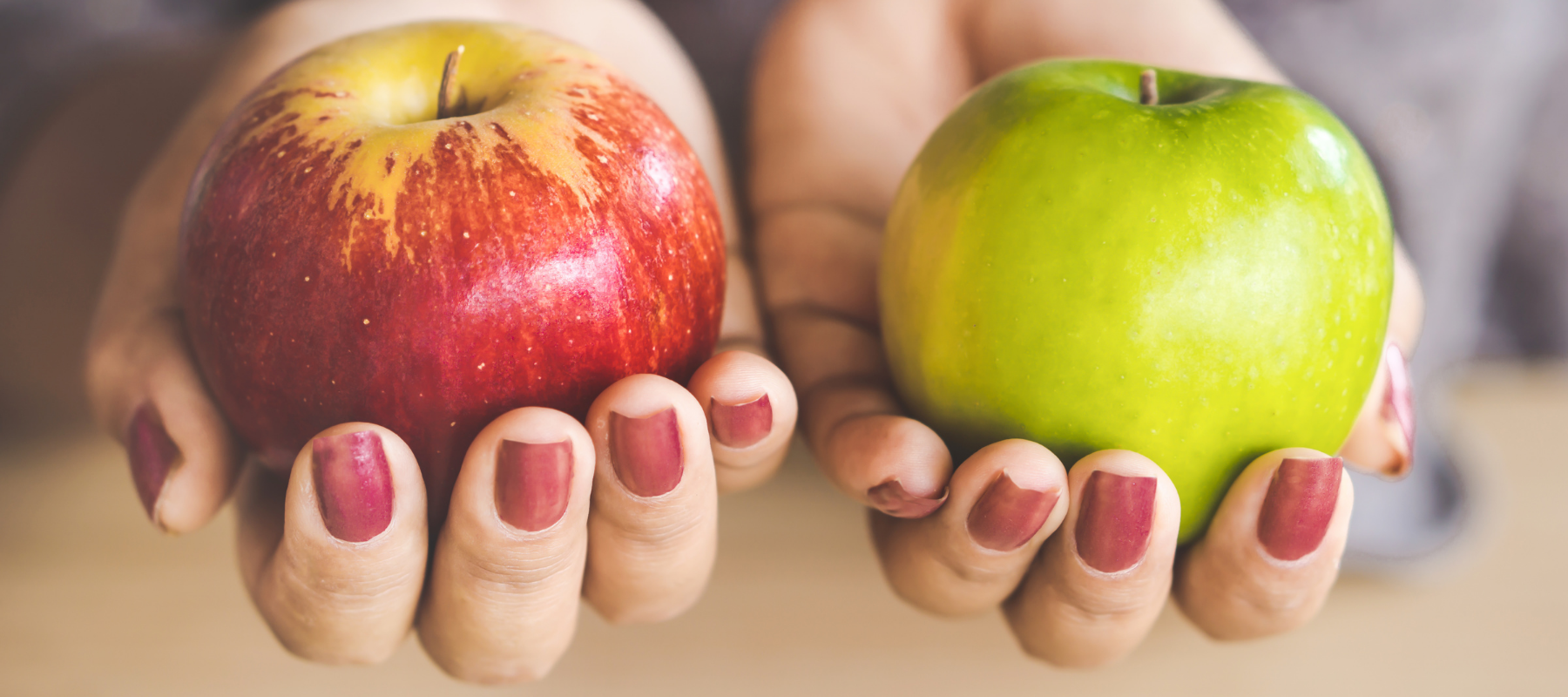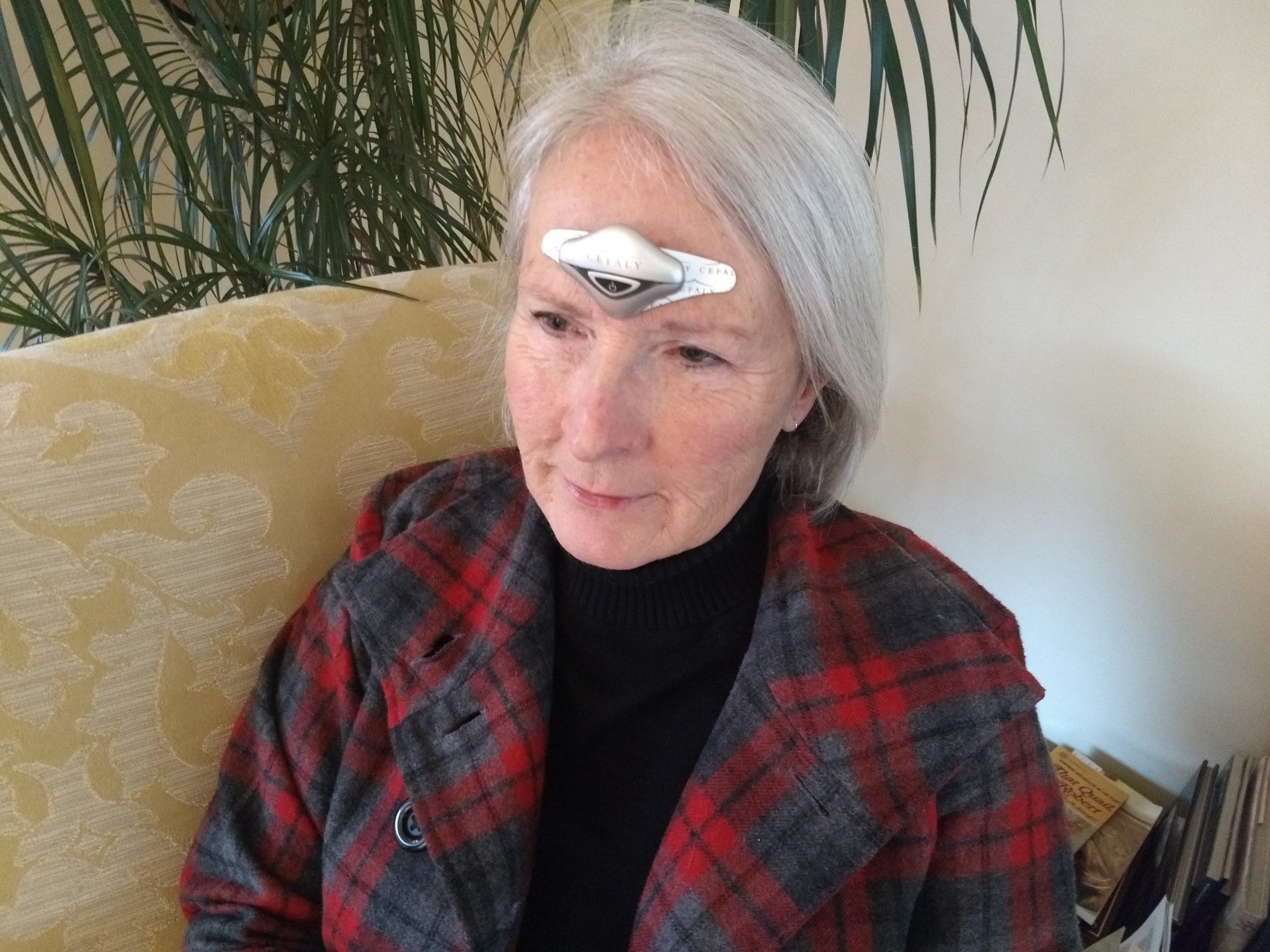- 1. Travel Insurance
- 2. Self-Care When Flying
- 3. Sleep-Wake Routine
- 4. Don’t Skip Your Routine
- 5. Pay Attention to How Travel Affects Your Migraines
- 6. Manage Stress
- 7. Traveling for Work With Migraine
For most people, a vacation is something to look forward to without hesitation. An experience that’s new and exciting! A break from routine! The chance to do whatever you feel like!
You might feel that excitement too… but your migraine brain disagrees. It hates change, and it hates stress. So how are you supposed to travel when you have migraine? We have some advice.
1. Get travel insurance that covers pre-existing conditions.
The morning of your long-planned vacation, a migraine attack hits you with seismic force. You can’t stand up, let alone drive to the airport. Does this mean you’re going to lose all the money you spent on the trip?
Not if you have travel insurance. Travel insurance with trip cancellation benefits can reimburse you for prepaid, nonrefundable trip costs in case you have to cancel the trip for a covered reason. A serious illness can be a covered reason, if it’s disabling enough to make you cancel your travel plans. To prove that your migraine attack meets this criterion, you’ll need a doctor to examine you before you cancel your trip, or very soon after.
When you’re buying your insurance, just make sure it will cover pre-existing conditions like migraine. Many plans will, as long as you buy your plan within 14 days of making your first trip payment and you meet the other requirements, such as being medically able to travel on the day you buy your plan. Check with your travel insurance company before you buy.
2. Prevent migraines after flying.
Air travel is especially challenging when you live with migraine. You encounter loud noises, bright lights and triggering smells in the airport and airplane alike. Then there’s the stress of navigating the airport, getting through security, dealing with delays, and increasingly, encountering rude and pushy passengers.
When flying with a migraine, you can’t control all these external triggers, but you can take steps to defend yourself. To prepare for flying with migraine, pack necessary items like medications and items to keep you comfortable on the plane. Your migraine toolkit might include:
- Migraine sunglasses or blue-light blockers to protect your eyes
- Earplugs or noise-canceling headphones
- Migraine-friendly snacks
- Migraine medication, including motion sickness/anti-nausea medication
- Migraine-friendly aromatherapy, such as lavender oil
- A sleep mask
- A neck pillow
- Plenty of water to stay hydrated
- Your CEFALY device (yes, it’s TSA-compliant!)
- Extra CEFALY electrodes
- Your CEFALY travel case to keep the device safe in transit
On a long flight, try to stretch and move at regular intervals. Avoid alcohol, caffeine (unless it’s part of your routine already), and junk food.
Here’s a bonus tip: Bring a leakproof insulated mug with slices of fresh ginger, honey, and lemon wedges (unless citrus is a migraine trigger for you). Once you’re on your way, ask the flight attendant to please fill the mug with hot water. Voila: hydrating, refreshing ginger tea. “It’s also good for stuffy noses and dry throats, and extremely healing for upset digestions,” writes The Kitchn editor Faith Durand, who came up with the idea. “It’s a little mug of magic. Jet lag be gone!”
90-day money back guarantee FDA-cleared financing availableGet Drug-Free Migraine Relief With CEFALY
Shop Now

3. Stick to your sleep-wake routine.
Migraine brains hate change, but travel is guaranteed to disrupt your regular schedule. What are you supposed to do?
To the best of your ability, try to continue your routines, even though you’re away from home. This means adhering to your normal bedtime and rising time, and doing your best to get eight hours of sleep.
If jet lag is a problem for you, try one of these remedies:
- Light therapy: If you’re traveling east, try waking up an hour early in the three days before you depart, and get at least an hour of morning light exposure. If you’re traveling west, delay your bedtime by an hour and get evening light exposure.
- Melatonin: Your brain normally produces the hormone melatonin as the evening darkens, signaling that it’s soon time to sleep. If you’re heading east, take melatonin at your destination’s bedtime until you adapt.
Some people swear by the jet lag diet. Four days before your trip, you adjust your diet (alternating “fast” and “feast” days). Then, on the day of travel, break your fast by eating a large meal at the breakfast time for your destination. This approach may not work well for people for whom fasting triggers migraine.
4. Don’t skip your migraine prevention routines.
Whether you meditate, take supplements, take medication or use your CEFALY to prevent migraine, keep doing it while you’re traveling!
CEFALY’s 20-minute PREVENT program should be used daily to reduce migraine frequency and intensity over time. Consistency is key. In one significant study, patients using CEFALY saw an average 30% reduction in migraine days after three months of preventive treatment.
5. Do pay attention to how travel affects your migraines.
Every person living with migraine experiences it differently: different symptoms, different triggers, different remedies. To learn how travel affects you personally — and what works to make you feel better — record details of your migraine attacks with the free CeCe migraine management app from CEFALY Technology. Logging the frequency, intensity, length and symptoms of your migraine attacks can reveal trends and patterns over time and better equip you to deal with them.
6. Manage stress in the days leading up to your trip.
Preparing for a trip is always stressful. You scramble to get your work done. You worry about getting everything packed, about finding your passport, about finding someone to feed the cat. You can’t wait to get to your destination and leave all this worry behind — but when you do, a migraine strikes.
We all know that stress is a powerful migraine trigger. But a reduction in stress also can cause a migraine attack — this is called the letdown effect.
One study found that a decrease in stress was associated with the onset of migraine the following day. “Results were strongest during the first six hours where decline in stress was associated with a nearly five-fold increased risk of migraine onset. The hormone cortisol, which rises during times of stress and reduces pain, may contribute to the triggering of headache during periods of relaxation,” said study lead author Richard B. Lipton, M.D., director, Montefiore Headache Center, professor and vice chair of neurology and the Edwin S. Lowe Chair in Neurology, Einstein.[1]
Pay attention to your stress levels in the days leading up to your trip. Pack early. Try to space out your must-do tasks (or push them till after you return). Practice the following stress reduction strategies. And if possible, build in a few buffer days between the end of work and the beginning of your vacation.
Plan every detail of your trip
Planning your trip will help you to stay calm and reap the full benefits of your time off.
The first step is to pick your destination. Plan what sights you want to see and the activities you’d like to engage in during your stay. It’s essential to consider the best time to travel to your destination. For example, the season and weather are significant factors if you plan a holiday lounging on the beach.
When visiting a country you’ve never been to, it’s wise to research safety tips for travelers, especially if you are going solo. Look into visa requirements and other laws or regulations that may impact your vacation. For example, can you use your driver’s license in your destination country if you want to rent a car? The infrastructure of the country will also determine how easy it is for you to get around and do the activities that you have planned.
Book your flights, accommodation, train tickets and activities months in advance if possible, especially if you are traveling during a busy season. If you are flying, check the latest luggage rules and packing restrictions to know what you can take on your trip.
Install home monitoring devices
If you need added peace of mind leaving your house while on vacation, you can secure your home by installing monitoring devices. The great thing about technology is that you can access these devices using smart security systems that connect to an app on your phone — you just need internet or a data connection.
Here are some helpful security systems you can install:
- Security cameras: Install security cameras that give you visibility of potential entry points for intruders, such as front and back doors and windows. Having visible cameras can help deter burglars. The best height to mount cameras is 8-10 feet off the ground to keep them out of reach of intruders and for the best vantage points.
- Door and window sensors: A magnetic circuit connects these sensors. The circuit breaks when a door or window opens, alerting your phone or security company.
- Video doorbell: This device gives you a visual of who is on your doorstep, and some devices allow for two-way audio. You can communicate with the person on your doorstep, even on vacation.
Give yourself extra time for breaks
Give yourself enough time before your trip to pack and finalize details. Consider taking a day off from work before you start your journey to ensure you have everything you need. If you’re traveling with your kids, you’ll likely have much to organize and pack for them, so give yourself enough time to gather the necessities.
Airports are busy places, especially during peak vacation seasons, so get to the airport early to check in and get through security on time. Once you’re through security, you can relax in the lounge or enjoy a coffee without feeling pressed for time.

When you arrive at your destination, especially if traveling internationally, keep your first day free to recover from jet lag and rest. You want to make the most of your trip. First, get some rest, and then you’ll feel energized and ready to take on your planned adventures.
Relax and enjoy downtime
Being on vacation is your opportunity to disconnect. Put away your laptop and phone and enjoy the moment. Slow down and enjoy quiet time. Life can be busy, and a vacation is a perfect time to slow your pace.
Don’t fill up all of your travel time with sightseeing and activities. There may be beautiful places you want to see and check off your bucket list but plan slow, relaxing days in between. You’ll feel recharged and have more energy to engage in your planned activities.
Going on vacation is a form of self-care. You can make the most of it by catching up on rest and planning downtime that helps you to unwind and recenter. If you find it hard to do nothing, enjoy quiet time reading a book, journaling or a soothing spa day. You’ll return from your vacation feeling grateful and rejuvenated with the right balance of activities and downtime.
Pack light
Knowing what to pack for a trip takes careful thought and planning. The key to enjoying your trip is to pack efficiently and effectively without sacrificing your essential items.
One item you should consider splurging on is luggage. Lightweight, durable luggage with expandable options will make all the difference, and you can rely on it for several years.
Pack lightweight and multifunctional clothing that allows for versatility. You only have limited space, so check the weather throughout your trip and pack suitable clothing that you can layer, mix and match. The same goes for your shoes. If you’ll be walking a lot, take appropriate shoes that fit any outfit.
When it comes to medication, skincare and other products, consider adjusting what you use while on vacation. Pack multipurpose products where possible, such as a day and night moisturizer. You can also trim down your products into travel-size containers.
Have something to look forward to when you return
We all know that feeling of coming home from a vacation and feeling reluctant to return to normal. Ease your way back into your routine by having a few days off at home before returning to work or your other responsibilities. Planning something fun is a great way to celebrate your trip’s end and welcome yourself back home.
Do your favorite activities, whether having lunch with friends or going on a hike and picnic with your family. Planning something fun when you return will also remind you how good it feels to be home.
Vacations allow you to return with a fresh perspective, so use this opportunity to look at your goals. You can use your renewed mindset to reexamine what is essential to your life and career and reset your priorities.
Traveling for work with migraine
Traveling for work presents entirely new obstacles that differ from going on vacation. Unlike a vacation, where you get to relax for a few days or weeks, a work trip could be for client meetings, tradeshows, conferences or company training.
Regardless of the reasons for the trip, a migraine can be triggered by what awaits you on the other side, whether or not you’re fully prepared for it and everything else in between.
If you’re planning a work trip and worried about getting a travel migraine, take the necessary precautions to prevent an attack or at least ease its effects. Consider some of our tips for traveling for work with migraine:
Seek support
One of the first things to do when traveling in a group is to inform your colleagues and employer about your condition beforehand. Some people may not fully understand the severity of a migraine attack so be sure to walk them through your experience of migraine to prepare them properly.
While you’re not obligated to talk about your condition, letting your colleagues know about it when traveling together can be beneficial. They can assist if needed and better understand your needs. Their support can extend even when you get a migraine after travel.
Stay hydrated
An excellent way to stay ahead of a travel migraine is to avoid the triggers when possible. According to The American Migraine Foundation, dehydration is a trigger for one-third of people who experience migraine attacks. When traveling, staying hydrated and monitoring your fluid intake throughout the day is crucial.
Staying hydrated is especially important when traveling to a destination with high humidity or heat. With all the traveling and changes in your environment, you can easily forget to drink as much water as you usually do.
Prioritize rest
Traveling involves changes in diet, weather and sleep, all of which can trigger an attack. Give your body time to rest to prevent or recover from a migraine after flying. It’s essential to pause and recharge before you take on a client meeting or attend a crowded tradeshow.
Once you reach your destination, step off to a quiet place and let your body acclimate. If you can squeeze in a short nap, take the opportunity, and your body will thank you for it.
















